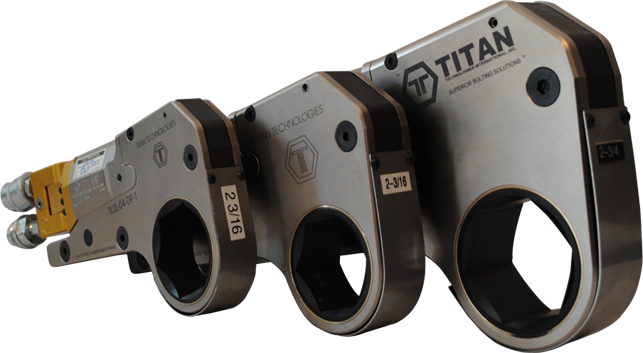Does anyone have a good way to add resistance to turning to a threaded rod? I’m not sure prevailing torque is the right phrase as I’ve only ever heard it in reference to locknuts but that’s the concept that I’m going for.
Basically I have a 1 1/4-5 threaded rod with a nut on the end that goes through a plate. The purpose of the rod is for clamping (kind of like a c-clamp), but it’s used in a tight space that is also hot (400-500F). We have operators pick up the parts with the clamp, put it in, but then they have to reach in there and undo the threaded rod with their hands. I’d like to use a ratcheting box end wrench to help with the putting hands in hot places and access issues, but the problem I’m running into is that once the clamp is loosened, there’s not enough resistance in the threaded rod to overcome the ratcheting action of the wrench so that the clamp can be loosened enough to clear the part coming out. Usually when I have this problem with other things, I just grab the threads or the socket to hold them in place on the back stroke, but I can’t do that here.
Certainly I’m not the only one who’s ever had a problem like this. I’ve thought about using nylon like the inserts in locknuts, but the stuff I’ve looked at is only rated up to about 250F. I’ve tried wrapping wire around the threaded rod, which adds resistance like I want, but it doesn’t engage until after about a quarter turn – much more than what I have to work with.
Any thoughts?
Basically I have a 1 1/4-5 threaded rod with a nut on the end that goes through a plate. The purpose of the rod is for clamping (kind of like a c-clamp), but it’s used in a tight space that is also hot (400-500F). We have operators pick up the parts with the clamp, put it in, but then they have to reach in there and undo the threaded rod with their hands. I’d like to use a ratcheting box end wrench to help with the putting hands in hot places and access issues, but the problem I’m running into is that once the clamp is loosened, there’s not enough resistance in the threaded rod to overcome the ratcheting action of the wrench so that the clamp can be loosened enough to clear the part coming out. Usually when I have this problem with other things, I just grab the threads or the socket to hold them in place on the back stroke, but I can’t do that here.
Certainly I’m not the only one who’s ever had a problem like this. I’ve thought about using nylon like the inserts in locknuts, but the stuff I’ve looked at is only rated up to about 250F. I’ve tried wrapping wire around the threaded rod, which adds resistance like I want, but it doesn’t engage until after about a quarter turn – much more than what I have to work with.
Any thoughts?




